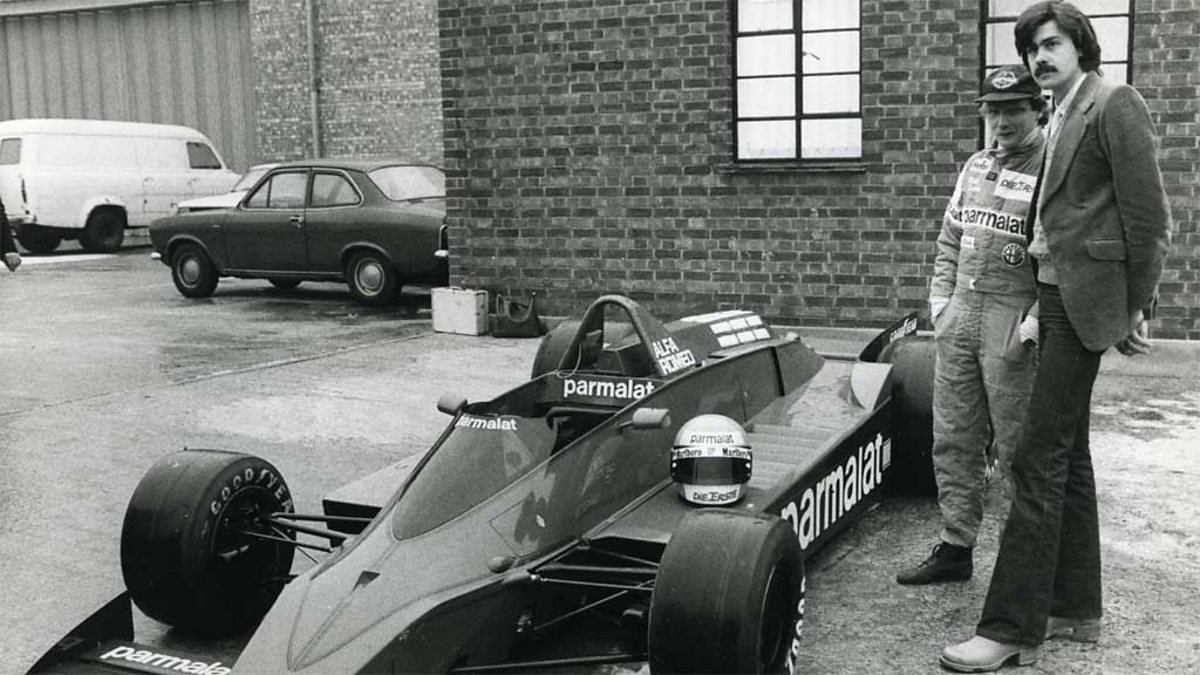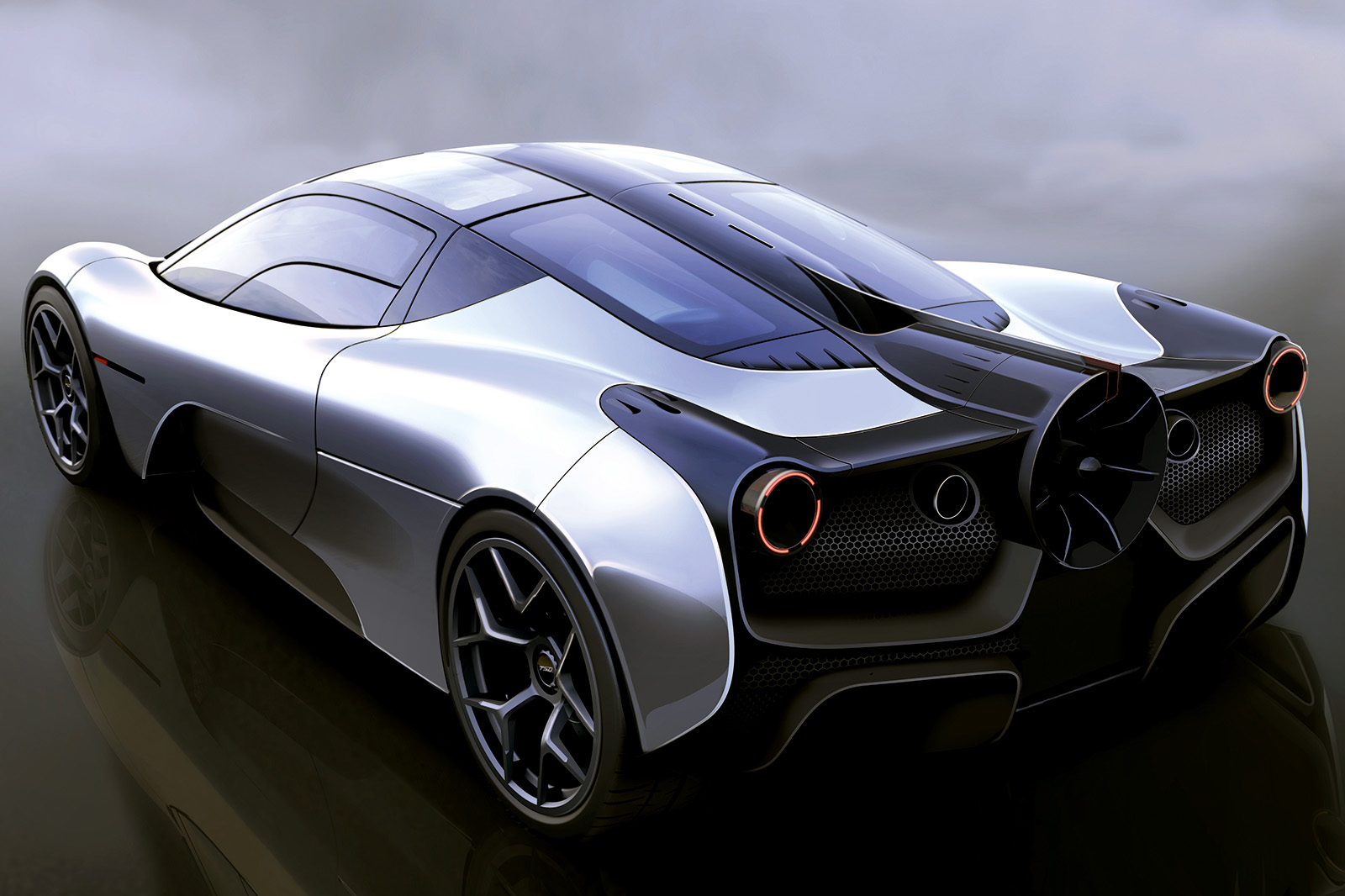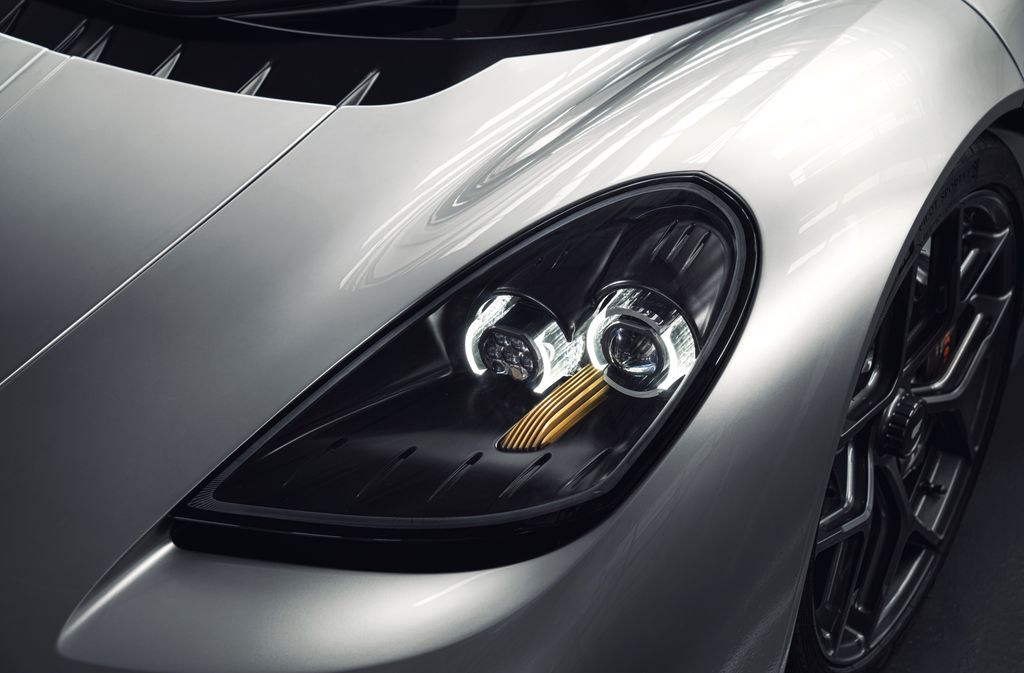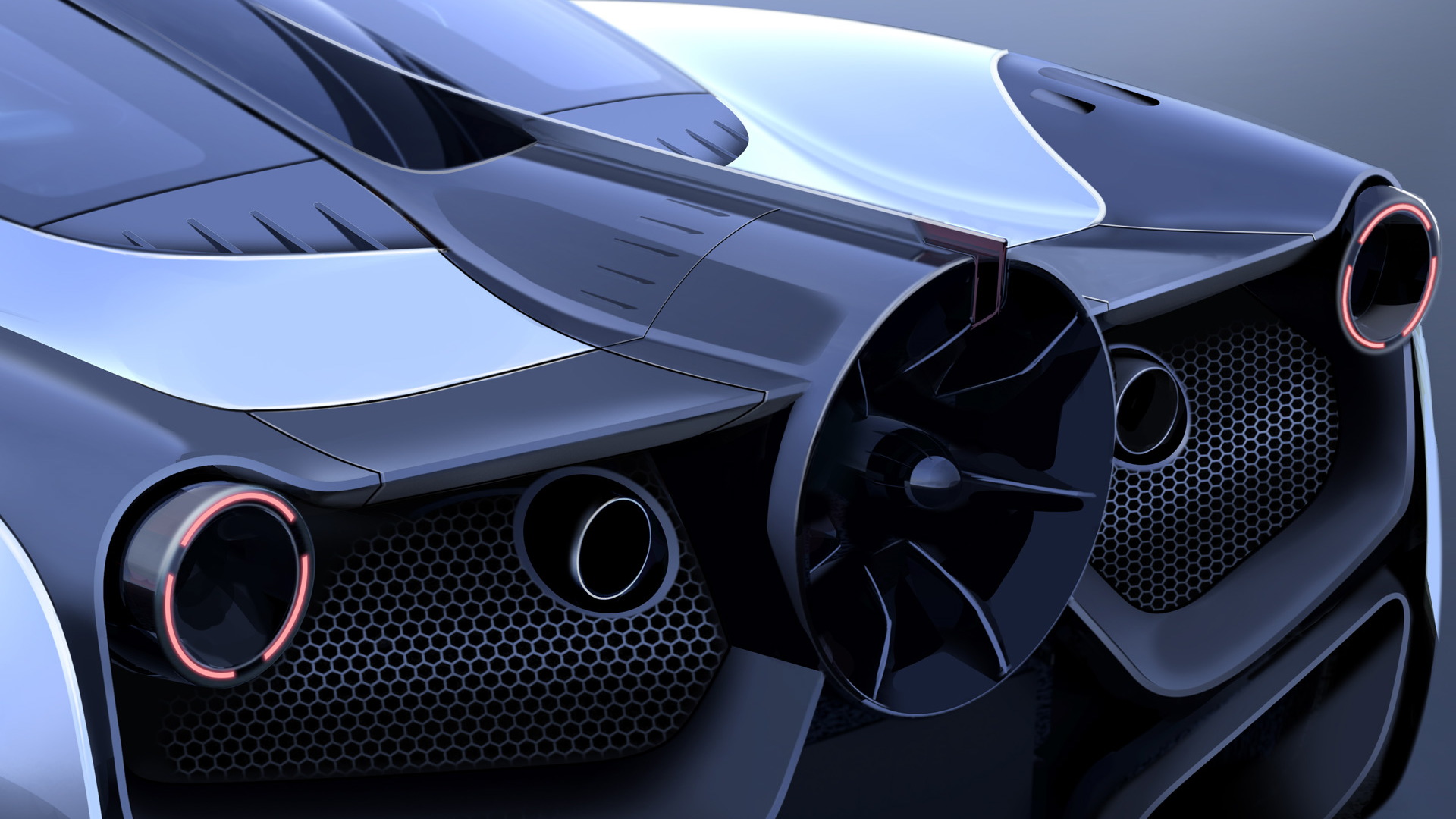Twenty one years in Formula One. Thirty years as a car designer. Fifty years of excellence. That’s Gordon Murray in a nutshell. But what makes him so special and why is he revered in the automotive world?
For fifty years, Gordon Murray’s consistently pushed out remarkable car designs. From his first ever T.1 racing car right up to the T.50, his creations pivot on three main tenets: light weight, agile and fun to drive. And for the last 50 years, he’s relentlessly pursued one overarching mission: to build the best driver’s car ever.

Pure, simple geometry, no interference with the driving experience, and, very importantly, light, light weight. He doesn’t give a toss about performance. Doesn’t care about the top speed. You won’t find any of these stats recorded anywhere for the T.50. He acknowledges there are other supercars out there that can better his creations in those fields.
One area where Murray’s hands down the King, is in sheer driveability. Gordon Murray builds cars for the driver, and that’s what makes them so, so special.
No imitators
The first question that comes to mind is: why hasn’t anybody copied the McLaren F1’s design? Why haven’t other brands used fans?
Murray’s got two reasons. The first is that nobody fully understands the formula. And if they, somehow, do understand it, then they’re not allowed to use it.

For the big brands, there’s a lot of red tape to pass through. So even if an engineer does push the idea onto the board, more likely than not it’ll get lost in the higher ups’ filofaxes.
The benefit of working with a smaller team, in a smaller company, is that Murray has the creative control over his designs. He can basically propose whatever he feels like, and it’ll get done, even something as annoying as 2 engine modes.
Screw the bhp
While in this day and age, supercars have gotten bigger and wider, with larger 6, 7, 8-litre engines, the one thing you’ll notice first up about the T.50 is that it’s tiny in comparison.
At the end of the day, this is a car that’s built to be used. Not to sit pretty in a garage and shown off to the neighbours. You want to get behind the wheel and feel the adrenaline pumping as you experience the T.50 in all its glory. For that reason, it’s not stiffly sprung like other cars, making it comfortable while driving at high speeds.

For the engine, Murray wanted to take us back to the classic 3-litre V12s of the 60s. Something you’d find beneath the hood of a 250 Ferrari. He initially wanted a 3.3L, but to accommodate for that, he would have needed a car that weighed less than 900 kgs. A stretch, even for Murray.
Still, he managed to trim the weight down to a hugely impressive 980 kgs, for which a 3.9L engine was just right.
12 cylinders, no more, no less
Gordon’s engine choice is a revolutionary 3.9L Cosworth V12, without any belts or bits hanging off it. At 654 bhp, it may not be the most powerful, but that wasn’t what Murray was after. What he liked about the F1 was the torque pick, that thrill as the car leaps into action like a wild animal, and that’s his agenda for the T.50.

So why a V12? Murray acknowledges that fewer cylinders are far too common, too rough and lacking in character. More cylinders (than 12) is just showing off. There’s absolutely no need for it. With his 65-degree V12, he’s achieved the perfect primary and secondary balance, while still keeping the powertrain well contained.
This one’s very much on the smaller end of V12s, but when its that functional and that pure, it just encapsulates what Murray’s always looking to do with his creations: build the ultimate package.
Built for functionality
For Gordon Murray, the secret behind a successful mid-engine car lies in the weight of the engine and the height of the centre of gravity. The McLaren F1 had a crank height of 125mm, which was unheard of at the time (usually 160mm or 170mm). A lower centroid meant better handling, low inertia clutch, and barely any fly wheel.
For tires, Murray’s team fitted 19-inchers onto the T.50. That too, your everyday standard Michelins. This means you can probably burn them out (Gordon wants you to), and just replace them. Murray sees big 22-inchers as gimmicky, a marketing stunt. They’re not really functional and actually count against the unsprung weight of the car.
A superior successor to the F1
If there’s one person who can shit on a McLaren F1, it’s Gordon Murray. It’s his baby, he can say whatever he wants about it. And boy has he shit on a car many would consider the greatest of all time.
The T.50 in many ways is superior to the F1. To begin with, the F1 didn’t have any air conditioning. The reason is that the belt-driven compressor had to survive at 8,000, and they couldn’t package an exit at the time. With the T.50, however, they’ve got a 48-Volt compressor with 500 per cent more exit and the A/C is independent of engine speed.
His other great big qualm with the F1 was in the headlamps. These were off the shelf at the time and, according to Murray, not that great. Sometimes, you could barely see anything at night!
The headlamps on the T.50 are just insane, and very multifunctional. Murray’s built them in such a way that the indicator, fog lamps, and everything operate within the same compartment, so there’s no separate indicator light or any such thing.

And because the LEDs in the headlamps run very hot, he’s got little slots in them with tiny fans to keep them cool. That gold coil in the headlamps? That’s the heating, believe it or not. Super, super efficient.
Rejoice for carbon ceramics!
For the T.50, as well, Murray’s used a forged aluminum wheel, which is bigger, but lighter than the 17” mags on the F1. He’s not a fan of carbon composite wheels by any means, just by the way.
Murray’s also finally had the chance to have carbon ceramic brakes, something which wasn’t available back when he was building the F1. Not that he’s got a problem with the F1’s braking, but still, carbon ceramic you know…
Where aerodynamics are concerned, the T.50’s a masterpiece. The whole-floor diffuser aggressively makes the air follow a very steep trajectory (diffusers are usually shallow, so air doesn’t stall). The air is sucked in towards the back, which yields more downforce in the centre. No need for anything up front, very clean, very efficient downforce, more than double that of the F1.
Design perfection
Design-wise, Murray wanted a car that achieved two things. The first was that when a driver left the car, he or she would want to turn around and look back at it. And the second one was that after a couple of hours, the driver would want to go back in and keep driving.
Most supercars these days have amazing specs and technology, but they don’t have the same “it factor” when it comes to driving. Kind of like if you were dating a supermodel who wouldn’t let you…
The F1 didn’t even have power steering, that’s how raw it was. This, obviously, made it difficult to park at low speeds, and so for the T.50, Murray’s introduced semi-power steering, which triggers at speeds of less than 10 km/h, so that it’s easier to park.
He’s also made the rear more aggressive, expanded the cabin exit valve, increased luggage space and interior stowage, and improved the clutch so that you don’t have to adjust it every 15,000 miles.

Murray and his team managed to keep the weight of the body and the chassis down to just 150 kgs, while making it twice as stiff as the F1. This comes down to putting the monocoque on a strict diet, and making it lighter to get more exit.
Gimme the manual
Since Gordon Murray was only going to produce around 100 units, the people begged him to fit it with a manual transmission. Which is exactly what he did.
The Xtrac 6-speed is the lightest gearbox yet, and he’s deliberately not put it inside a box so you can see the entire gear mechanism around it. In fact, if you open the rear gullwings and the front ones, you can see through about two thirds of the car. That’s just raw.

And guess what? Absolutely no touch screens. Whatever screens you do have on there sync with your cellphone, and are just standard, black and white.
The T.50, like the F1, was built to be timeless. This means in 20, 30 years, it’ll still be fashionable. The styling will never go out of date, and there’s no touchscreen tech to update.
In many ways, this is Gordon Murray’s last “analogue” design, and if you’re lucky enough to own one, you’d better drive the hell out of it.


